Habitat Filter, commissioned by Transurban and located in Melbourne’s Art precinct, stands as a major sculptural installation on an inaccessible freeway off-ramp island. The project embodies an innovative fusion of artwork and habitat, aiming to create a harmonious coexistence between infrastructure and nature. Designed to blend seamlessly with its surroundings, Habitat Filter incorporates steel mesh forms that facilitate the growth of vegetation, allowing the site to evolve organically over time. The integration of solar panels and specially designed nesting boxes further enhances its sustainability and ecological value.

Sustainable Features
At the core of Habitat Filter’s design are a series of ‘pods,’ with the largest towering over 25 meters in height. These pods serve multiple functions, including providing nesting spaces for birds and bats, harnessing solar energy to power lighting fixtures, and utilizing recycled materials in construction. The incorporation of sustainable elements reflects a commitment to environmental stewardship and resource efficiency, aligning with contemporary principles of eco-friendly design and construction practices.
Blending Art with Nature
Central to the design philosophy of Habitat Filter is the notion of integration rather than imposition. Rather than imposing itself as a dominant feature of the landscape, the installation seeks to become an organic part of its surroundings. Through careful planning and strategic planting, the sculptures are intended to gradually merge with the natural landscape, becoming indistinguishable from the surrounding vegetation. This approach imbues Habitat Filter with a sense of timelessness, allowing it to evolve and adapt alongside its environment.
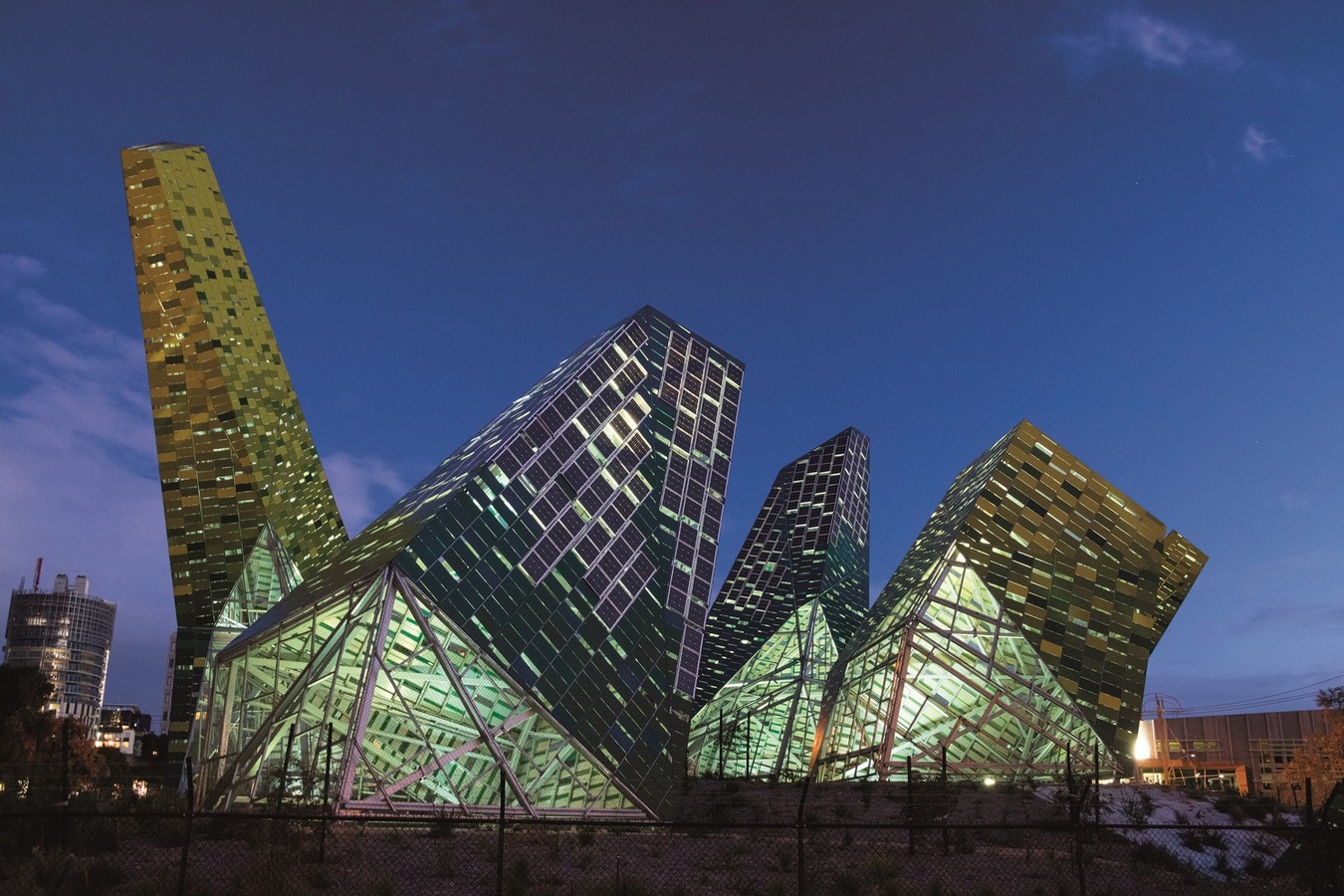
Embracing Ecological Diversity
Beyond its aesthetic appeal, Habitat Filter serves as a haven for biodiversity, offering refuge and shelter for various species of wildlife. The incorporation of nesting boxes and the dense planting of native vegetation create an inviting habitat for birds, bats, and other fauna, contributing to the ecological resilience of the site. By fostering a thriving ecosystem within an urban context, the installation highlights the importance of preserving and enhancing biodiversity in built environments.

Conclusion
Habitat Filter represents a pioneering approach to public art and ecological design, blending creativity with environmental consciousness. By seamlessly integrating art and habitat, the project transcends traditional boundaries, offering a compelling vision of harmonious coexistence between human-made structures and the natural world. As a symbol of sustainable innovation and ecological stewardship, Habitat Filter stands as a testament to the transformative power of design in shaping our urban environments for the better.


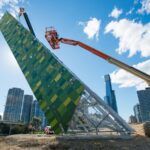
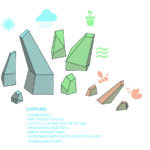

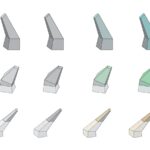
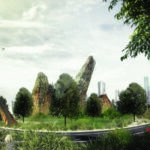




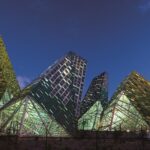
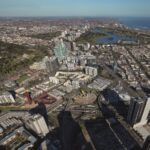


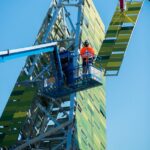
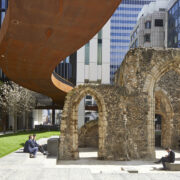
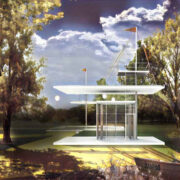

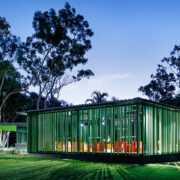
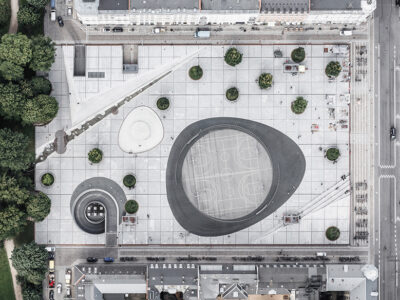
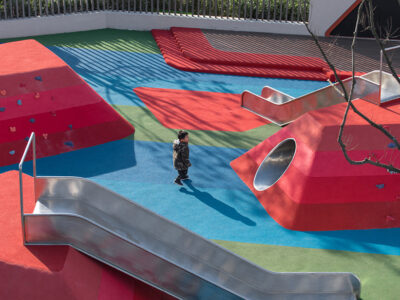
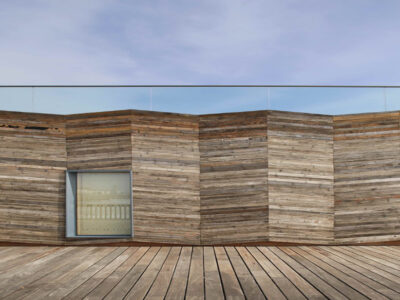

Comments